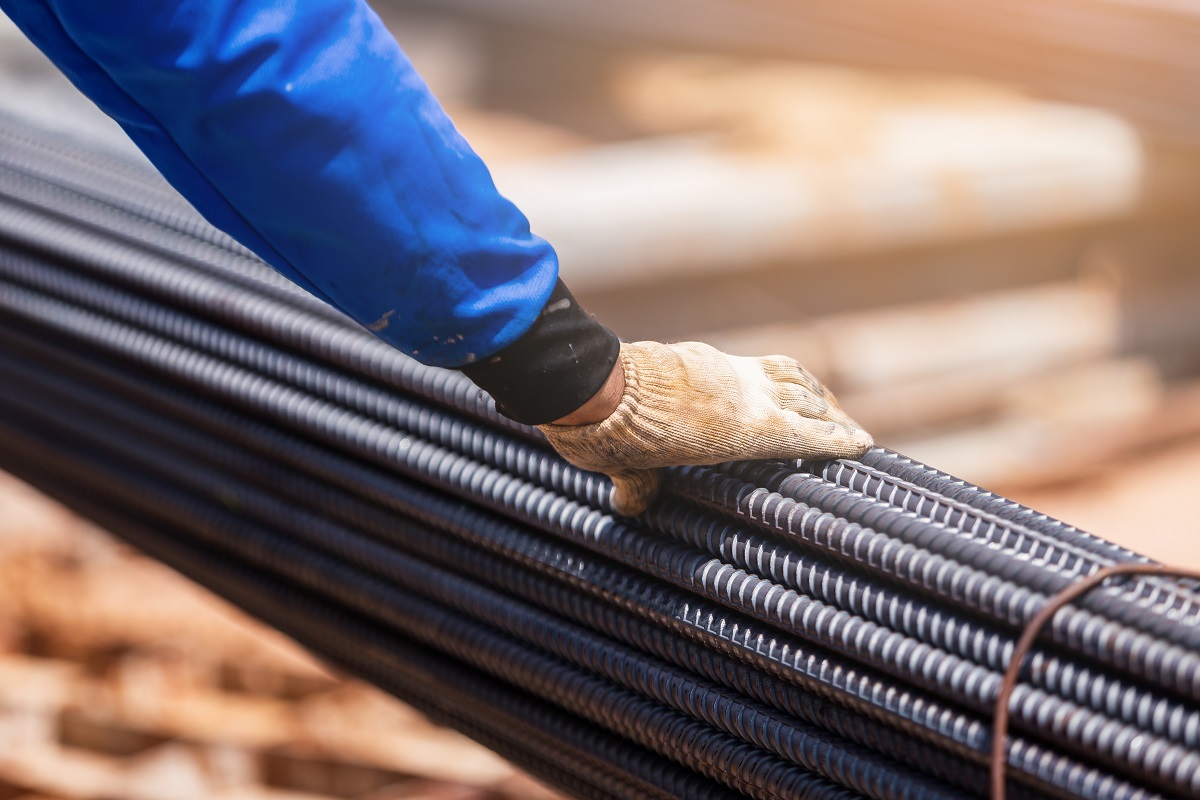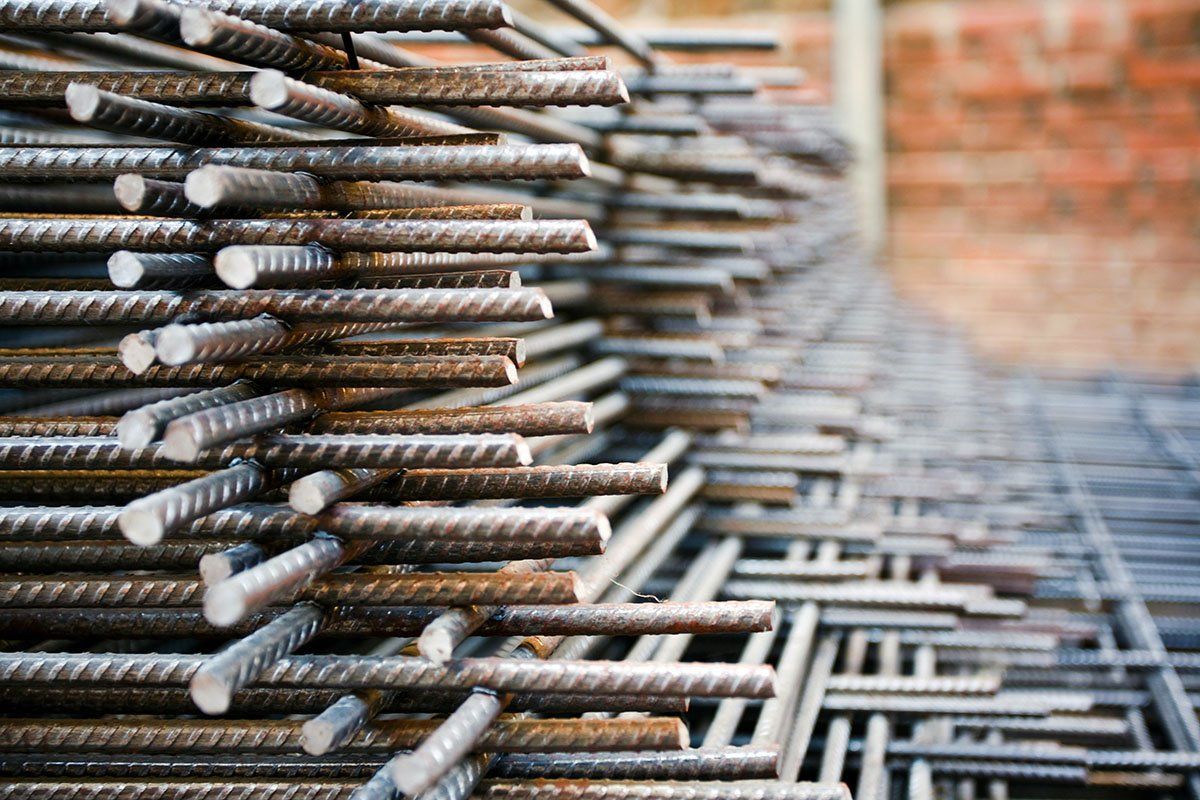Introduction
In the realm of development, metal reinforcement performs an important role in guaranteeing the structural integrity and energy of various concrete buildings. From skyscrapers to bridges, steel reinforcement is A vital component that improves the sturdiness and load-bearing ability of those constructions. However, Even with its common use, https://penzu.com/p/bd673c2b2db353d6 there are several myths and misconceptions encompassing the application of metal reinforcement. In this article, We'll delve into these myths and unveil the reality powering them.
Steel Reinforcement: What exactly is it?
Steel reinforcement refers to the follow of embedding metal bars or mesh inside concrete buildings to boost their tensile toughness. Concrete, Despite the fact that robust in compression, is pretty weak in rigidity. By incorporating steel reinforcement, engineers can overcome this weak point and create a composite substance that can stand up to each compressive and tensile forces proficiently.
The Job of Steel Reinforcement
Steel reinforcement functions for a backbone for concrete buildings, furnishing steadiness and resistance from external forces. It not only strengthens the overall framework but additionally helps stop cracks and deformations due to shrinkage or temperature fluctuations. Additionally, metal reinforcement allows distribute loads evenly all over the composition, minimizing localized anxiety factors.

Common Myths and Misconceptions
Myth #1: Steel Reinforcement Can make Constructions Heavier
Fact: Opposite to preferred perception, metal reinforcement would not noticeably improve the excess weight of concrete constructions. While metal is denser than concrete, the quantity Employed in reinforcement is comparatively tiny when compared with the overall volume on the structure. Thus, the extra weight contributed by metal reinforcement is negligible.
Myth #2: Steel Reinforcement Improves Design Costs
Fact: While incorporating steel reinforcement provides Original prices to development assignments, it provides prolonged-phrase personal savings by raising the lifespan and longevity of buildings. With proper upkeep, strengthened concrete constructions can very last for many years devoid of demanding key repairs or replacements. This longevity offsets the Original expense, producing steel reinforcement a cost-efficient selection Over time.
Myth #three: Steel Reinforcement is Susceptible to Corrosion

Fact: While it is legitimate that metal reinforcement can corrode as time passes, proper style and design methods can mitigate this concern effectively. Engineers include measures for example concrete go over thickness, corrosion-resistant coatings, and correct drainage programs to shield metal reinforcement from humidity and also other corrosive brokers. Also, periodic inspections and routine maintenance may help detect and handle any indications of corrosion in advance of they escalate.
Myth #four: Metal Reinforcement Hinders Architectural Freedom
Fact: A lot of people think that incorporating metal reinforcement limitations the architectural creativity and flexibility of concrete structures. On the other hand, fashionable engineering methods let for The mixing of steel reinforcement without compromising the aesthetic attraction or architectural eyesight of the undertaking. With advances in technological innovation, engineers can structure constructions that seamlessly Mix power with natural beauty.
Myth #5: Steel Reinforcement is Challenging to Install
Fact: The set up approach for metal reinforcement is relatively simple. Proficient staff spot steel bars or mesh at predetermined spots inside the formwork right before pouring concrete. The true secret to productive installation lies in meticulous planning and coordination amongst architects, engineers, and development groups. Adhering to development codes and requirements ensures that the installation approach is economical and error-totally free.
Myth #6: Metal Reinforcement Causes Electromagnetic Interference (EMI)
Fact: Problems pertaining to electromagnetic interference (EMI) caused by metal reinforcement are mainly unfounded. While it is actually true that large amounts of metallic can interfere with electronic units, the quantity of metal used in reinforcement will not be adequate to trigger major EMI. Moreover, modern day design techniques have led to enhanced shielding techniques that additional decrease any probable interference.
FAQs about Steel Reinforcement
FAQ: Does utilizing much more steel reinforcement end in a more powerful composition?
Answer: When it might appear intuitive, working with excessive metal reinforcement would not essentially lead to a more robust structure. The true secret lies in suitable design and style and engineering calculations that determine the optimum quantity of reinforcement necessary for just a given composition.
FAQ: Can steel reinforcement avert all cracks in concrete?
Answer: In spite of its energy, metal reinforcement can't entirely do away with cracks in concrete. Having said that, it can help Command the width and propagation of cracks, minimizing their influence on the general structural integrity.
FAQ: Can it be probable to get rid of and exchange corroded steel reinforcement?
Answer: Occasionally, localized corrosion may require the removal and replacement of afflicted steel reinforcement. This process requires mindful inspection, slicing out corroded sections, and putting in new reinforcement to revive structural integrity.
FAQ: Does the size of metal bars affect their functionality in strengthened concrete?
Answer: Sure, the dimensions of steel bars Utilized in reinforcement can affect their efficiency. Larger sized diameter bars deliver higher tensile strength but might be more difficult to setup in intricate constructions.

FAQ: Can metal reinforcement be recycled?
Answer: Totally! Metal is The most recycled resources globally. Right after demolishing a bolstered concrete construction, the steel reinforcement could be extracted and recycled for use in new design assignments.
FAQ: Are there substitute elements to steel for reinforcement reasons?
Answer: Yes, there are actually substitute elements like fiberglass or carbon fiber which might be utilized as reinforcements. These components give exceptional advantages which include large strength-to-pounds ratios but could possibly have precise constraints based on the application.
Conclusion
Steel reinforcement can be an indispensable ingredient in modern design techniques, debunking popular myths and misconceptions surrounding its use is important for fostering a much better knowing amongst gurus and most people alike. By unraveling these myths, we could value the accurate price of steel reinforcement in boosting structural integrity, toughness, and protection within the created ecosystem. As technological innovation improvements, so far too does our capacity to enhance using steel reinforcement, making certain a way forward for more strong and resilient constructions.